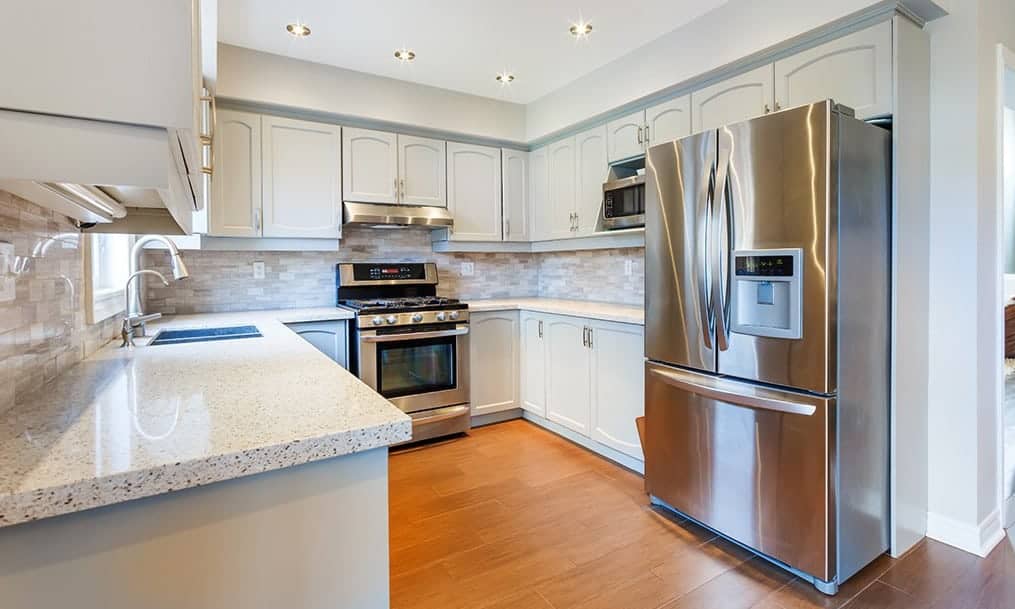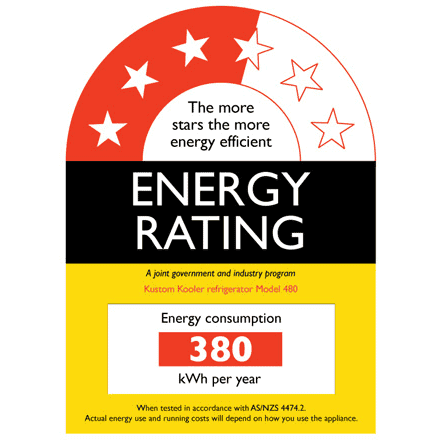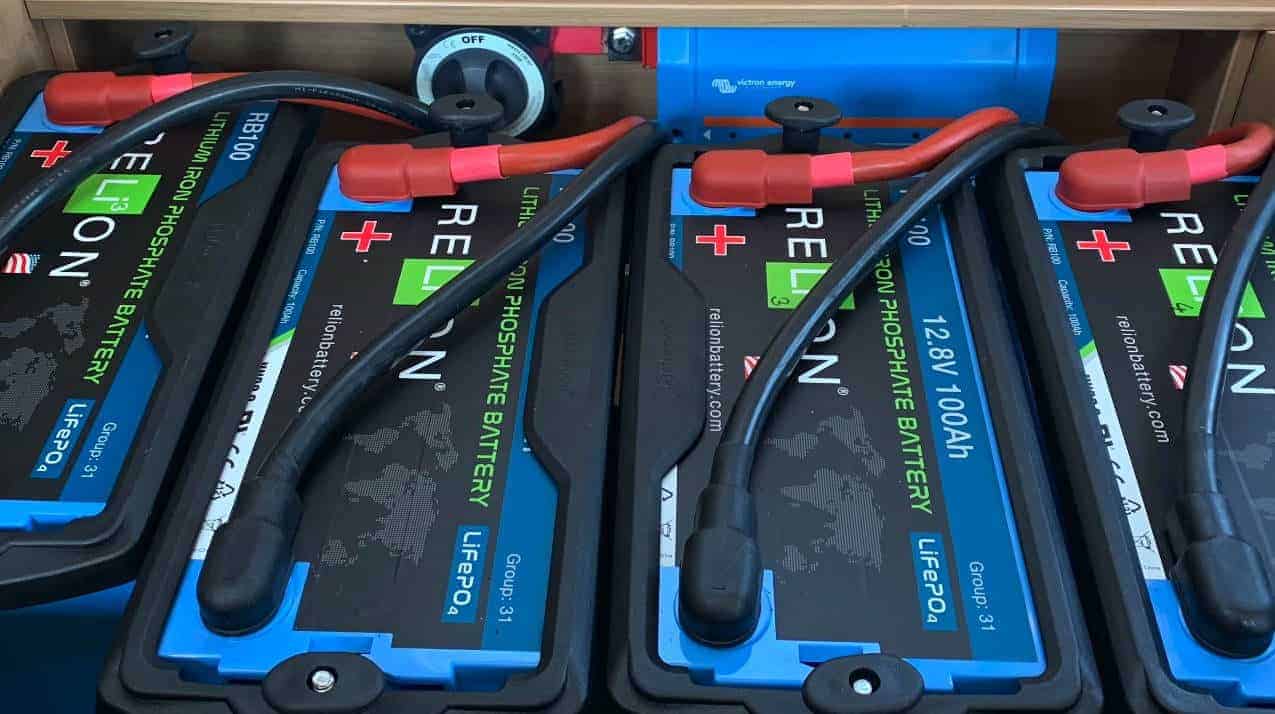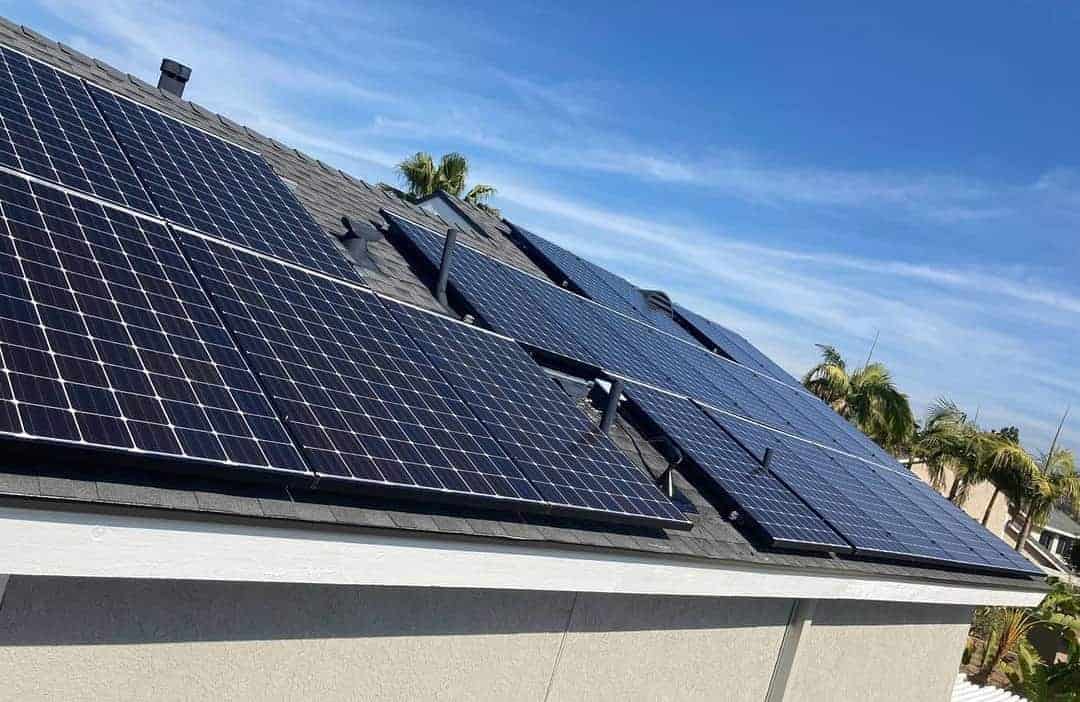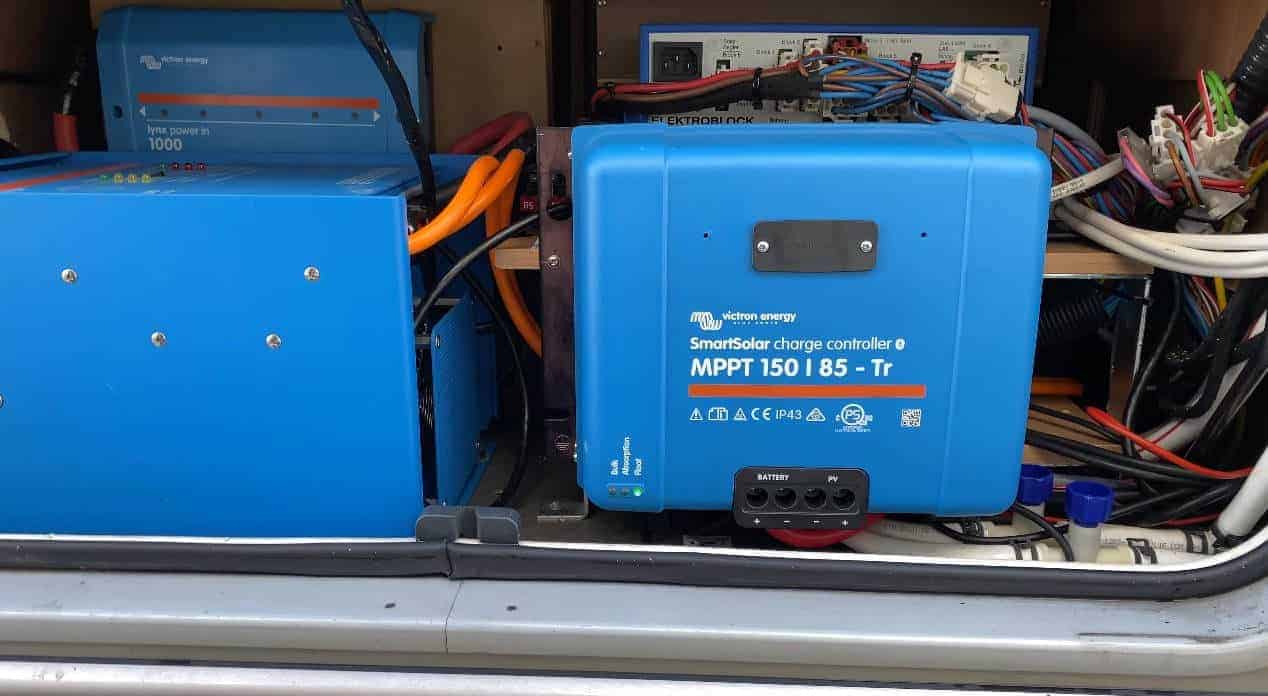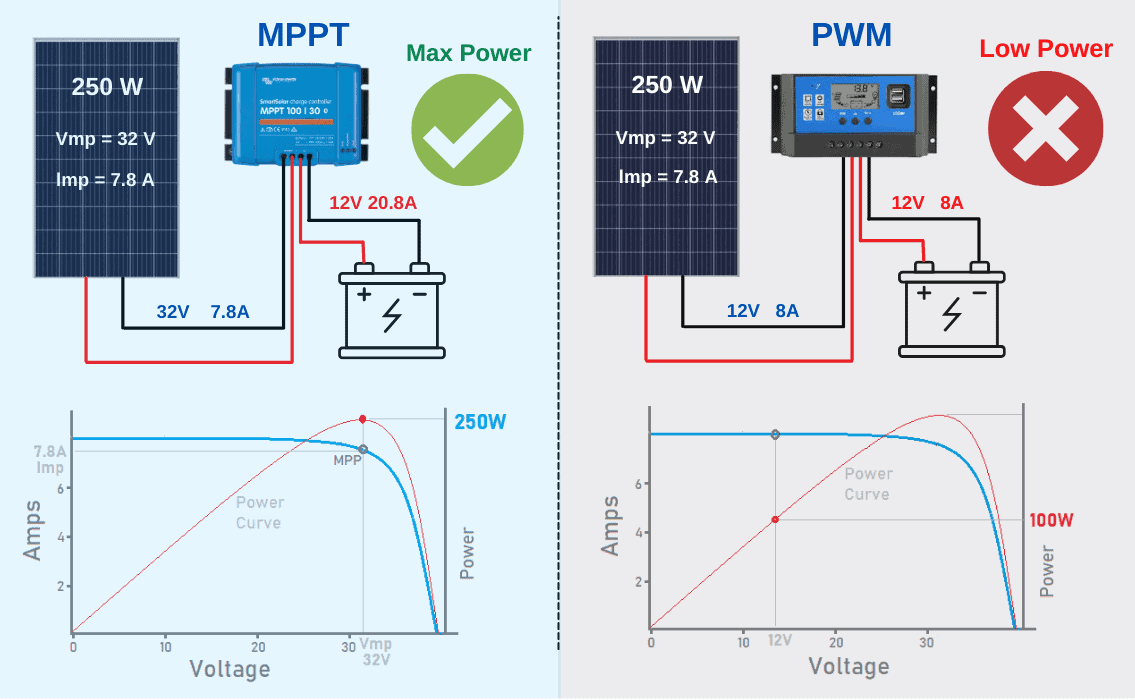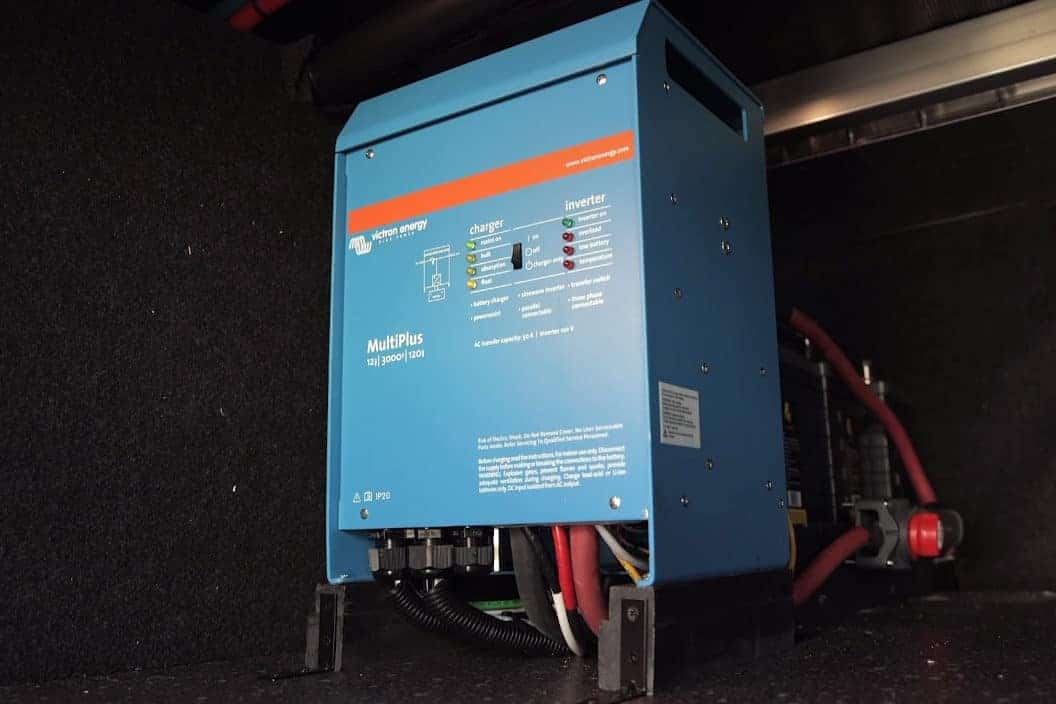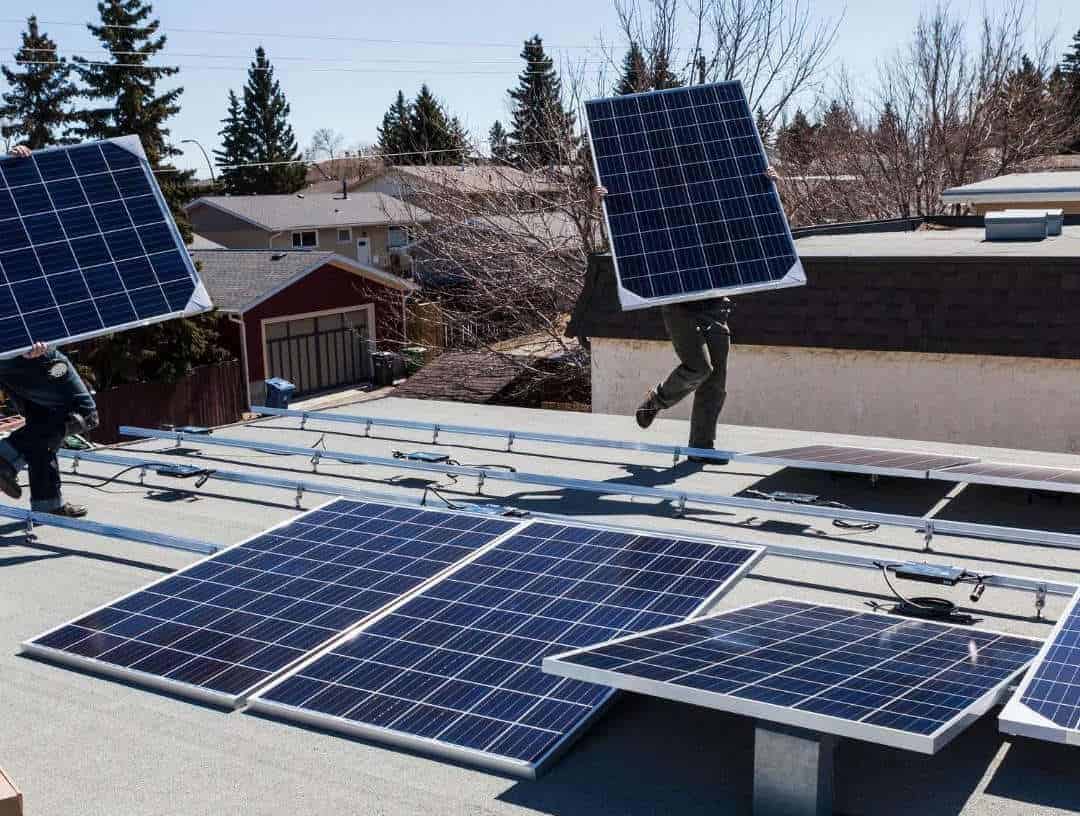After installing a solar panel system at home, you may wonder whether using solar power instead of traditional electricity is more cost-effective. Since the electricity bill makes up a significant part of your daily expenses, it’s important to understand clearly where the money is going.
So maybe there are questions in your mind about the power consumption of each appliance in your house. For example, how much solar power do I need to operate a refrigerator? A refrigerator is necessary for all of you, so it is important to figure out its energy consumption.
Key points about the solar-powered refrigerator
- Running an average refrigerator requires approximately three or four typical solar panels to run.
- Typical domestic solar panel systems are rated to produce power ranging from 1 KW to 4 KW.
- Different types and sizes of refrigerators require different amounts of solar power.
- Also, how much time you need the refrigerator to operate can influence the required solar power too. Some of you may stay at home and use the refrigerator frequently for longer periods. Others may mostly go to offices or schools.
How to calculate the energy requirement of your refrigerator?
As we know, different electrical appliance requires different amounts of power to start and operate. So using them can cost distinctive money. Charging bills is one of the most concerning issues for most solar power users.
One representative consumer of solar power is your refrigerator. Unlike lights, refrigerators can consume a large amount of energy to work, and the consumption varies according to how much food you put in and what kind of refrigerator you shop for.
To work out how much solar power you need to run your refrigerator, the elementary thing is to calculate how much energy your refrigerator requires. And you can get this value with different methods.
- Direct way: you may pay less attention to the given information, but almost all producers will attach the energy rating label on a sign. Normally, the sign will be posted on the door of the fridge.
That information is labeled in kWh, and it can vary from 200 kWh to 600 kWh. Depending on this figure, you will get the running watts of your refrigerator in any unit.
For example, if the annual energy rating is 365 kWh, you can divide 365 kWh by 365 days, and the result would be 1 kWh per day. Also, if you want to work out the watt for each hour, you still use the division: 1 kWh ÷ 24 hours = 0.042 kW/h.
- Indirect way: if you can’t find the above-mentioned sign, then go find the quoted power rating. This message is usually added beside the product serial number. It is measured in watts.
- Also, another way is that you can multiply the voltage by the required amperes of the refrigerator. So you will get the value of power, which may vary from 100w to 400w, even more.
Next, you need to know how many hours you want your appliance to run per day, then you can get the final value by multiplying hours and the power.
This value will determine how large a refrigerator you will need and how many solar panels your solar system requires.
If you are a worker who is usually absent at home, you can choose a small refrigerator and fewer solar panels. On the other hand, if you are always at home and cook a lot, you should buy a larger fridge and need more solar panels.
Do I need a battery for the running of the refrigerator?
Solar panels can only work when there is sunlight, which means that your refrigerator can be activated by the solar panels during the day. But when it turns to night, how to power it? To solve this problem, you have to install a battery to store solar power so that the refrigerator can operate continuously during the night.
Then how to choose a battery? And can the battery provide enough power to run the refrigerator at night?
You should make sure that your battery capacity can handle the power needed by your refrigerator for a whole night.
- Usually, there are batteries with voltages of 12v, 24v, and 48v for various applications. To run a refrigerator, you can choose to use a 12V battery.
- Then, we need to know the battery amp hours. It indicates the battery capacity, in other words, the battery can provide how many amperes for your refrigerator and how long the supply will continue.
- To make sure that your refrigerator operates well by solar power without stopping, we can suppose that the battery can provide power for a whole day.
- For example, if the running watts of your refrigerator is 200 watts, then the sum of watts per day can be calculated by multiplying 200 watts within 24 hours. So the total wattage will be 4800 Wh (4.8 kWh).
- Then you can figure out the total amperes by this formula: 4800Wh ÷ 12V = 400Ah. So theoretically you will need a 12V, 400Ah battery. However, taking into account battery tolerance and the need for power backup, it’s recommended to have twice the calculated amperage, you can multiply it by two: 400A x 2 = 800Ah.
How about the solar system?
Solar panels are the most important component of a solar system. All your solar power is produced by solar panels. So to figure out how much solar power you need to run a refrigerator, you have to do some calculations about the solar panels, like the size, the number, and so on.
Before deciding on solar panels, there are also some other components worth talking about.
Charger controller
A solar charge controller is used to prevent your model from overcharging. It interfaces the solar panels and the batteries. Thus it plays an important role in regulating solar power from solar panels to batteries.
Choosing the correct charge controller is vital because it can help to avoid overcharging and unnecessary charging bills.
Charge controllers are also rated by voltage, including 12V, 24V, 36V, and 48V. You can select one according to the voltage of your battery system. Besides, using a charge controller simply requires you to think about voltage and current. But there are different kinds of charge controllers for multiple purposes.
If you have no clear concept of a charge controller. Here we will talk about two common sorts of charge controllers: PWM and MPPT.
- PWM means Pulse-Width Modulation. Compared to an MPPT, a PWM controller is much more economical. However, the drawback is that it may generate significant power loss. According to the data, as much as 60% of power can be lost during conversion.
- MPPT refers to Maximum PowerPoint Tracking. Unlike a PWM controller, an MPPT controller can effectively optimize the voltage coming from the solar panels. As a result, the produced energy by solar panels can be transferred to the battery bank at a maximum rate.
Accordingly, an MPPT controller has an efficiency of 93%-97% when transforming power. The operation process automatically adjusts to the peak power point fast to achieve the optimal result. So it is a price-worth model to use.
Inverter
When it comes to the amount of solar power, no matter whether it is regarding the solar panel or appliances, the inverter is always an essential part of the solar system and the relative specification calculations.
Finding a capable inverter allows your solar system to operate well with the batteries and charge controllers. To avoid any disorder situations, you need to consider some factors such as size when choosing an inverter.
Usually, we need an inverter with the same voltage as the battery. But the truth is that you are unlikely to use solar power to run only a refrigerator at home. So you’d better add some extra tolerance(like 25%) to the specifications of the inverter.
Solar panels
To operate the refrigerator smoothly, you need to decide how many solar panels you need to buy. According to the reports, an excellent typical solar panel can produce about 30 kWh of power per month. Next, you can find out the average running watts of your refrigerator. We suppose the value is 115 kWh each month.
Then you can divide the total running wattage in a month by the power production of solar power, and the result is: 115 kWh ÷ 30 kWh ≈ 3.83
Therefore you need to install at least four solar panels to provide the needed power to operate an average refrigerator.
Conclusion
Although figuring out how much solar power you need to run your refrigerator is not an easy task, the given analysis and calculations are practical and understandable. So you can just have a try. Work it out in the given ways and see how much money you will save when using solar power to operate your refrigerators.
Of course, you should pay attention to the selection of all the necessary components and make precise calculations of their specifications. Then you can have a satisfying user experience. If you don’t want to calculate, buying a solar-powered refrigerator is a good choice.

